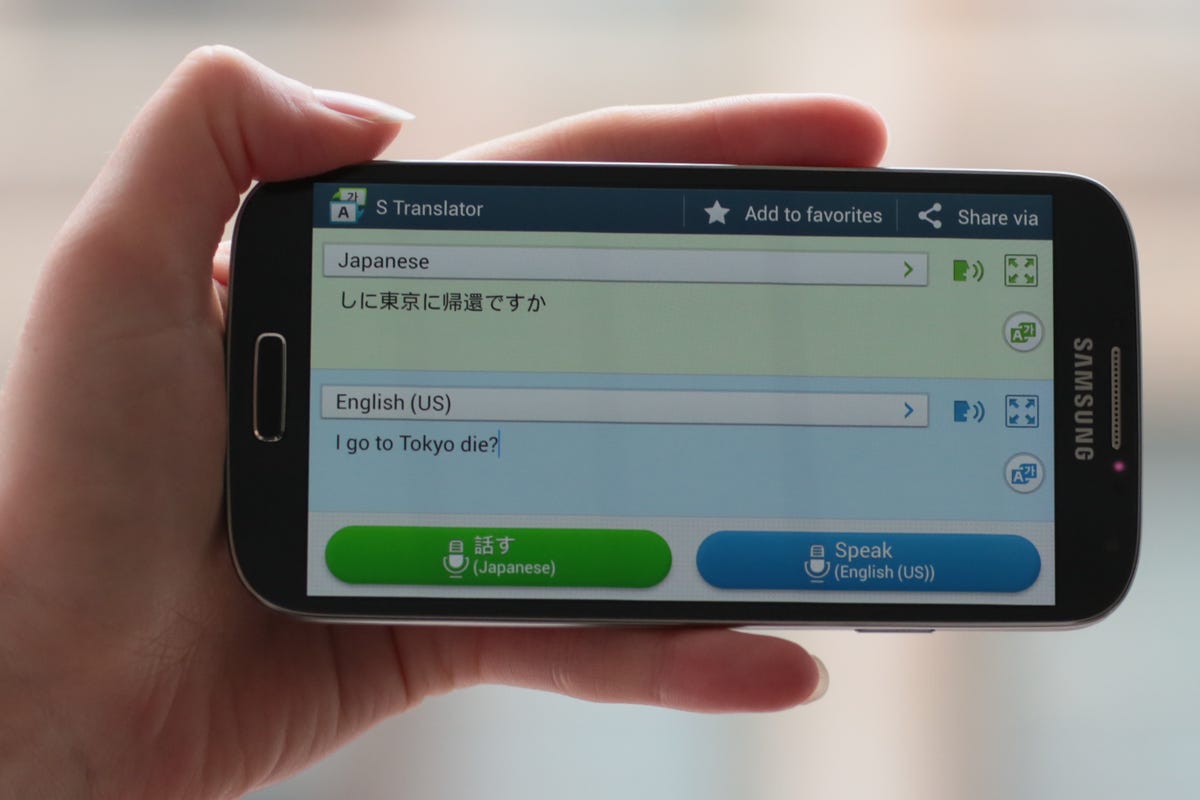Check Also
The US Is About to Exit a Long Dark Age of Lousy Headlights
[dzs_video source=”https://cnet.redvideo.io/2022/09/16/49769be8-2384-4b14-9e21-dd7391f645d1/adaptive-headlights-4kfinal_720h3200k.mp4″ cover=”https://www.cnet.com/a/img/resize/ddcd07e4d9afd5a49c8fdd756e1fb3514818d952/hub/2022/09/16/eeb958f1-4ba5-41ed-9dee-49607cb78be6/mazda-i-activsense-adaptive-led-headlamps-alh-mp4-00-01-04-10-still001.jpg?auto=webp&fit=cover&height=482&width=856″ config=”skinauroradefault” width=”100%” height=”600″ logo=”https://joggingvideo.com/wp-content/uploads/tdn_pic_2.png” config=”skinauroradefault” autoplay=”off” cue=”on” loop=”off” type=”video” logo=”0000″ logo_link=”5555″ responsive_ratio=”default” …
Road
Editors’ note: Be sure to catch the other stories in this package: on Samsung’s bid to rule the world, on the many pieces of the Samsung Group, on TVs and appliances in a Q&A with co-CEO Boo-keun Yoon, and on how Samsung torture-tests its products.
TOKYO — I’m pretty sure my Tokyo cab driver didn’t want to kill me, but if I believed Samsung’s S Translate, he might have been thinking just that.
I decided to road-test Samsung’s translation app during a recent trip to Japan. I know no Japanese (besides what you hear in popular culture, such as “konnichiwa” as a greeting or “arigato” to thank someone), and I was navigating my way across the country on my own, armed with just my wits and a Galaxy S4.
Most street signs in Japan incorporate English, as do many menus, but where my lack of language skills becomes tricky is in attempting actual conversations with human beings. I decided S Translate would be the perfect tool to try out in those situations, particularly considering how bad I am at charades.
Related stories:
- CNET’s take on the Galaxy S4
- Galaxy S4 tallies 40M unit sales, Samsung says
- See the Samsung S Translator app in action
The app, preloaded on new Galaxy smartphones, allows you to speak or type whatever it is you want interpreted. It then translates what you say into the other language you choose and can speak the translation out loud. That feature is very attractive because, let’s face it, even once you know what the translated word should be, it’s pretty tough to get the pronunciation correct.
An add-on for the S Translate app, Optical Reader, also allows you to translate signs or other text, such as a business card, by taking a photo of the item. Being able to translate text seems like a great feature, but it’s not quite as simple as it should be. Users have to download a separate app from Samsung’s app store to use this feature, and that can be tricky for someone to figure out on their own. I had some issues myself with using this program and largely didn’t need it, so the bulk of this test focused on face-to-face conversations with Japanese speakers.
As anyone who’s ever used Google Translate knows, a translation app seems great in theory but doesn’t always produce the best results in the real world. With S Translate, the interpretations were often hit or miss, with some getting the point across and others completely unintelligible.
In the case of my Tokyo cab driver, I was at a loss for explaining where my hotel was when I first arrived in the city. I knew the general area but was having trouble actually describing it. The site where I booked the hotel had “helpfully” included the Japanese characters for certain details about the room, such as my preference that the room have a bed, but it didn’t actually have the name or address of the hotel in Japanese. Not so helpful.
I decided to bring out the Galaxy S4’s S Translate to better explain where the hotel was located after finding it on Google Maps, as well as to understand what the driver was saying. When I first pulled the phone out, the driver thought I was trying to take his photo. He actually posed and smiled, which slightly worried me, as he was still driving. S Translate interpreted his comments as “It is the picture model?”


Sarah Tew/CNET
Not the best interpretation, but it did get the point across.
I then explained, via the app, that I was actually trying to translate what he said, and I tried to explain how it worked. I think the driver got the gist, and he was a great sport with trying to use S Translate to communicate.
We took turns talking into the translator and waiting for the results. By the end, I don’t think either of us had a clue what the other was saying, but we both found the interaction comical.
‘I go to Tokyo die?’
At one point, the cab driver said, in English, “mistake,” after S Translate interpreted something that I said. He knew enough English to tell me that that particular thought didn’t quite survive the translation. S Translate also interpreted something he said as “I go to Tokyo die?” I’m pretty sure that wasn’t what he actually meant.
The cab driver ultimately found my hotel, thanks to the GPS installed in his car.
I later asked a native Japanese speaker, who’s also fluent in English, whether any of the translations made sense. Some of them did, but many did not.
A lot of the issues I had likely resulted from human error. It’s difficult to get the timing exactly right for speaking into the phone for a translation, and forget about explaining that to people on the other side of the language barrier. The app pauses a beat after you push the Speak button, which makes it tricky to signal for the other person to start talking. Often they would be partly through a thought and then start over once I signaled, which garbled whatever it was they said.
I found it much easier to type what I wanted to say in English and then translate it, rather than speaking into the app. The phone would read the translation out loud to the people around me or would include the results in text on the screen.
Most people I communicated with looked puzzled at the translation spoken out loud by the phone. All wanted to look at the actual text on the device, which seemed to help them better understand it (I think).


Shara Tibken/CNET
What would have been helpful is having the Japanese translation written out in English, such as actually writing out “arigato” instead of using the Japanese characters. I was reliant on having the phone read the word out loud in order to know what it was.
I also found S Translate to be rather time-consuming. If you have time to linger and chat with someone, it’s not bad. However, if you’re looking for directions or you’re in a hurry, it’s less than ideal. But compared to the alternative — having no understanding whatsoever — taking a little extra time can be worth it. Be conscious of your data plan, though. Every time I accessed the app, it warned me that I might want to connect to Wi-Fi.
While the translations weren’t exactly perfect, what the tool did was entertain me and the people I met. My Tokyo cab driver found the whole experience so amusing that neither he nor I could stop laughing. He later gave me his card, which I took to mean that I should call him if I needed another ride.
Another gentleman I met in Kyoto was so intrigued by the app that he proceeded to have a 20-minute discussion with me. I still have no idea what he was talking about, but he seemed to enjoy the conversation. One tidbit from that exchange:
“Light is alone should be Baba Baba why spring.”
Huh?
All in all, S Translate is a step in the right direction. It can be very useful if you get the timing right, and there’s no doubt that Samsung will keep improving the app. In fact, Samsung has already updated S Translate since I used it. However, it also has a lot of flaws. My advice — better brush up on charades.
Samsung’s cool blue Galaxy S4 (pictures)






Check Also
8 New Google Products We Expect to See This Year
Google’s device line could end up having a particularly important moment in 2023. The company …





